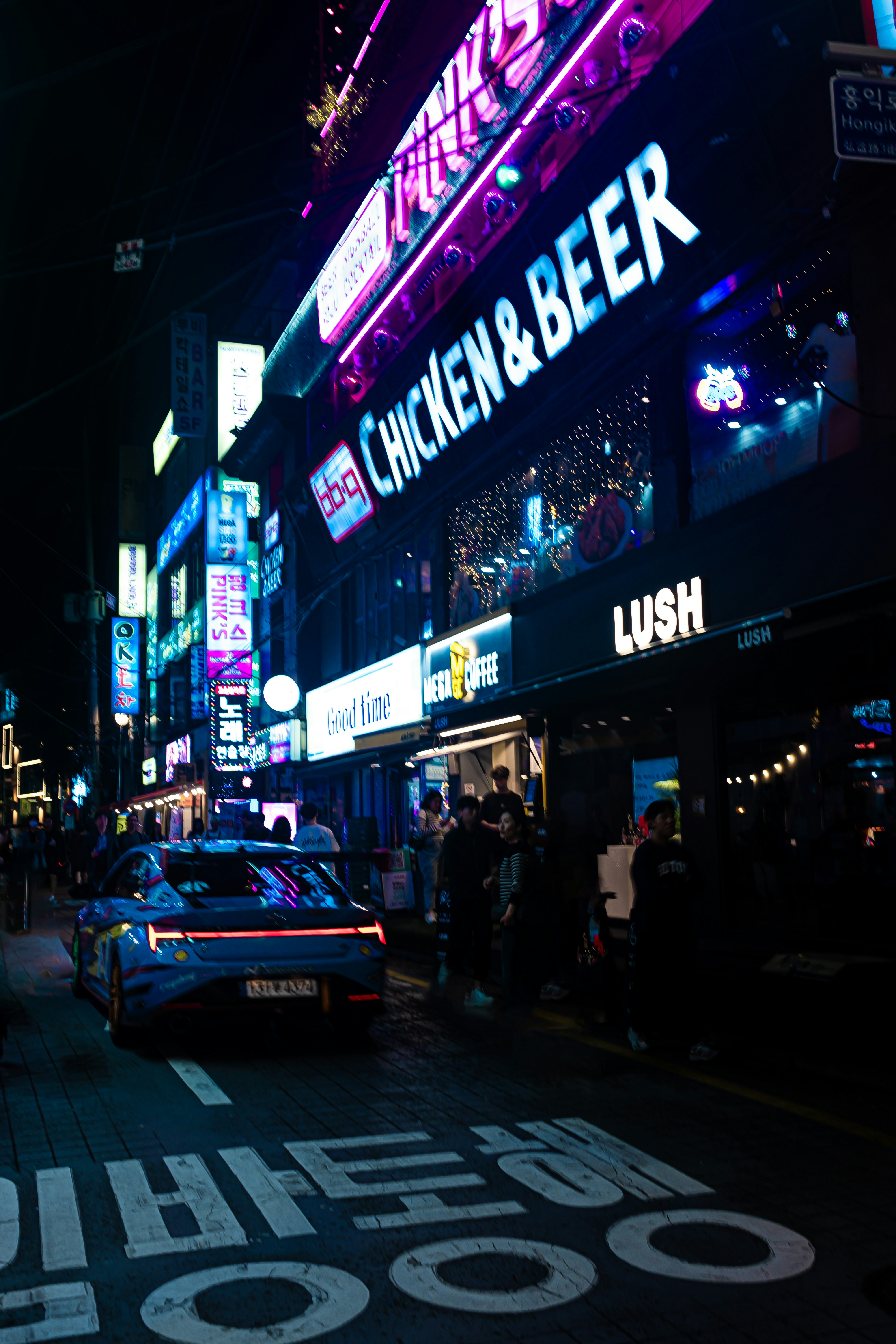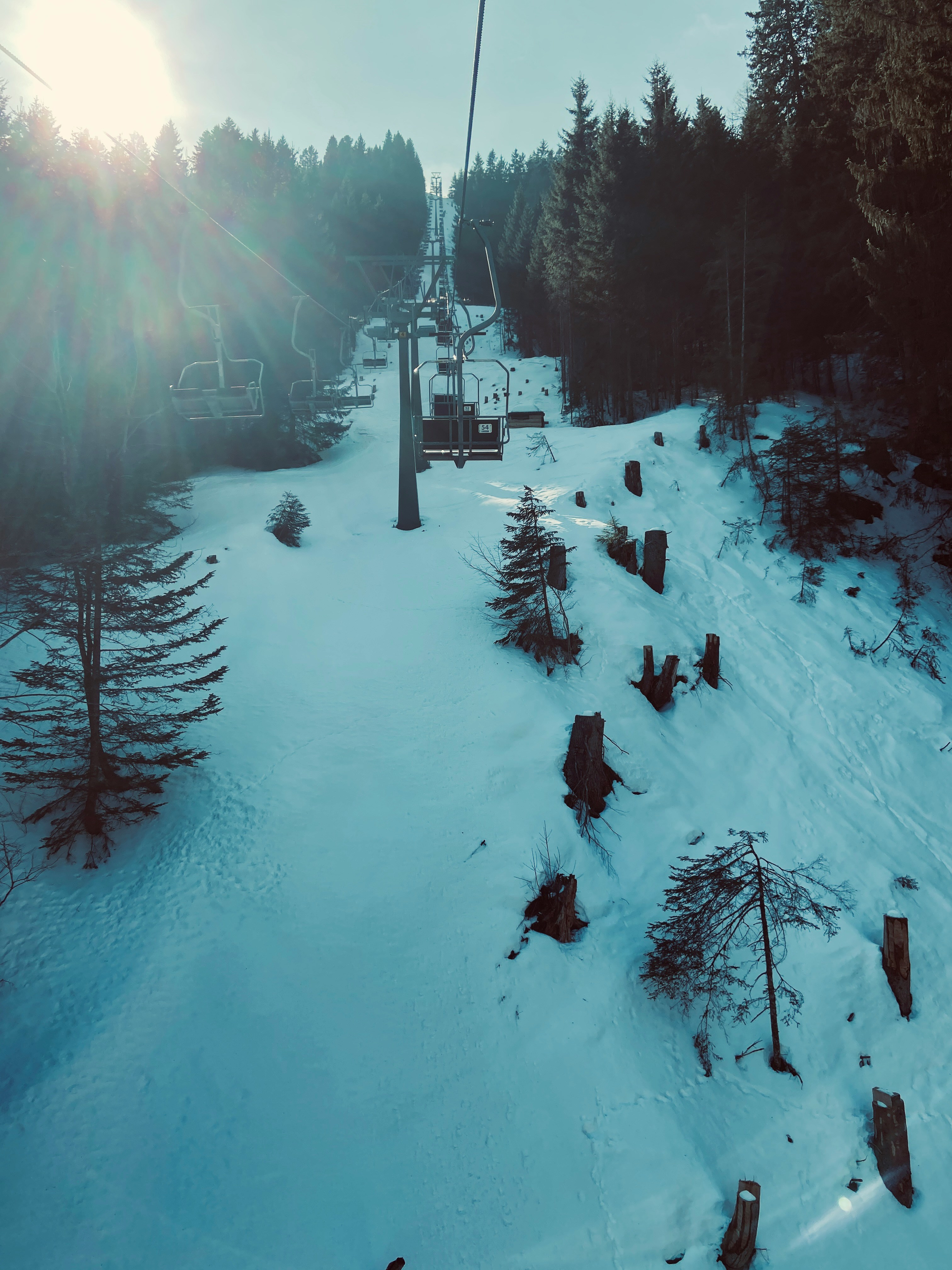
6 Leica Cameras That Changed The Brand For Better
2025-04-14



6 Leica Cameras That Changed The Brand For Better
Leica cameras have always been synonymous with quality, precision, and innovation in the world of photography. Over the years, Leica has introduced several groundbreaking cameras that have not only changed the brand but also revolutionized the way photographers capture images. In this blog post, we will take a look at six Leica cameras that have had a significant impact on the brand and the photography industry as a whole.
Introduction
Leica, a German company founded in 1914, has a long history of producing some of the finest cameras in the world. Known for their exceptional build quality, precise optics, and iconic design, Leica cameras are a favorite among professional photographers and enthusiasts alike. The following cameras have played a crucial role in shaping the brand's reputation and setting new standards for excellence in photography.
1. Leica M3
The Leica M3, introduced in 1954, is considered by many to be the quintessential Leica camera. It was the first M-series camera to feature the groundbreaking combined viewfinder and rangefinder system, which allowed photographers to compose and focus their shots with unparalleled precision. The M3 also featured a new, faster loading system for film, making it easier and quicker to reload in the field. Its solid construction and reliable performance made it a favorite among professional photographers, cementing Leica's reputation as a top-tier camera manufacturer.
2. Leica M6
The Leica M6, introduced in 1984, was a significant departure from its predecessors in terms of design and features. It was the first M-series camera to feature a built-in light meter, making it easier for photographers to get accurate exposure settings. The M6 also introduced a new, quieter shutter mechanism, which reduced camera noise and made it ideal for discreet street photography. Its improved ergonomics and ease of use made it a popular choice among photographers looking for a versatile and reliable camera.
3. Leica Q
The Leica Q, introduced in 2015, was a game-changer for the brand. It was the first Leica camera to feature a fixed 28mm f/1.7 lens, which delivered exceptional image quality and sharpness. The Q also featured a full-frame sensor, a high-resolution electronic viewfinder, and a touchscreen LCD, making it one of the most advanced compact cameras on the market. Its fast autofocus, intuitive controls, and built-in Wi-Fi connectivity made it a favorite among street photographers and travel enthusiasts.
4. Leica M10
The Leica M10, introduced in 2017, represented a return to the classic design and simplicity of earlier M-series cameras. It was the thinnest digital M camera to date, with a streamlined body and reduced weight for improved handling and portability. The M10 also featured a new 24-megapixel full-frame sensor, improved low-light performance, and a quieter shutter mechanism, making it ideal for discreet and low-light photography. Its improved ergonomics, intuitive controls, and exceptional image quality made it a favorite among Leica purists.
5. Leica SL
The Leica SL, introduced in 2015, was Leica's first professional mirrorless camera. It featured a 24-megapixel full-frame sensor, 4K video recording capabilities, and a high-resolution electronic viewfinder, making it a versatile tool for both still and video photography. The SL also introduced a new lens mount system, which allowed photographers to use a wide range of Leica and third-party lenses with adapters. Its weather-sealed body, fast autofocus, and robust build quality made it a favorite among professional photographers and videographers.
6. Leica M Monochrom
The Leica M Monochrom, introduced in 2012, was a unique camera that captured black and white images exclusively. It featured a 18-megapixel full-frame sensor without a color filter array, which resulted in exceptionally sharp and detailed monochrome images. The M Monochrom also had improved low-light performance and dynamic range compared to traditional color sensors, making it ideal for black and white photography enthusiasts. Its minimalist design, intuitive controls, and exceptional image quality made it a favorite among Leica purists and black and white photographers.
Practical Tips for Photographers
If you are considering investing in a Leica camera, here are a few practical tips to help you make the most of your purchase:
-
Take the time to learn your camera: Leica cameras have a reputation for being simple and intuitive to use, but they also have a few quirks that may take some getting used to. Take the time to read the manual, experiment with different settings, and practice using your camera in various shooting conditions.
-
Invest in quality lenses: Leica cameras are known for their exceptional optics, so it's worth investing in high-quality lenses to fully realize the potential of your camera. Consider purchasing Leica-branded lenses or third-party options that are compatible with your camera's lens mount.
-
Shoot in RAW: Leica cameras capture images in RAW format, which allows for greater flexibility in post-processing. Shooting in RAW will give you more control over exposure, white balance, and other aspects of your images, ensuring the best possible results.
-
Experiment with different shooting modes: Leica cameras offer a variety of shooting modes, including manual, aperture priority, and program modes. Experiment with different modes to see which works best for your shooting style and subject matter.
-
Practice selective focusing: Leica cameras are known for their precise focusing capabilities, so take advantage of this by experimenting with selective focusing techniques. Use the rangefinder or electronic viewfinder to focus on specific elements in your composition, creating unique and compelling images.
-
Embrace the Leica aesthetic: Leica cameras have a distinct aesthetic that is characterized by sharpness, clarity, and contrast. Embrace this aesthetic in your photography by focusing on clean compositions, strong lines, and bold contrasts, creating images that are true to the Leica brand.
Conclusion
Leica cameras have a long history of innovation and excellence, with each new model pushing the boundaries of what is possible in photography. The cameras mentioned in this blog post have all played a crucial role in shaping the brand's reputation and setting new standards for quality and performance. Whether you are a professional photographer or an enthusiast, investing in a Leica camera is a decision that will undoubtedly elevate your photography to new heights. So, why not take the plunge and experience the magic of Leica for yourself?


